
What Size is Considered Plus Size? (The Surprising Answer)
When it comes to shopping for clothes, figuring out what is considered plus size can be a bit tricky. It turns out that the term is more specific than you might think.
Key Takeaways – Plus-size clothing generally starts from size 14, but some brands begin their plus-sizing at 16 or 18. The lack of standardized definition can make shopping challenging, but knowing your measurements (bust, waist, hips) and understanding retailers’ size guides can help you find the perfect fit. Remember, terms like 1X, 2X, 3X, 4X, and XXL generally indicate larger sizes.
With over two-thirds of women in the US falling into the plus size category, it’s more important than ever to understand and embrace this term.
As we explore this topic further, you’ll find that the fashion world is finally starting to catch up and provide everyone with stylish, comfortable, and well-fitted clothing options.
Popular Retailers and Their Plus-sized Sizes
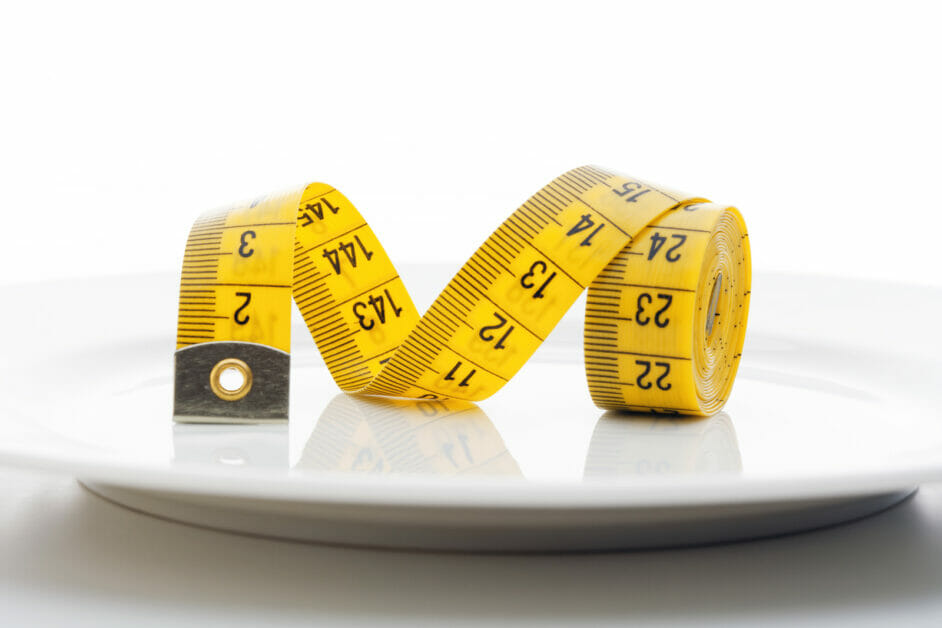
As it turns out, there’s no “one size fits all” answer to what size is considered plus size.
Different brands and retailers have different interpretations of what constitutes plus-sized clothing.
Some clothing lines consider anything a size 14 or above a “plus” size, while others start their plus sizing at a 16 or 18.
When shopping, knowing which retailers cater to plus-sized women and what their specific sizing charts look like is essential.
I’ve found that some popular retailers make things simple for us by providing size charts specifically designed for plus-size shoppers, like the US Plus Size Chart.
Other retailers, like Universal Standard, focus on body-inclusive fashion, seamlessly integrating sizes from 00 to 40, so there’s no need to worry about a separate “plus size” section in their stores.
Knowing the different sizing options and interpretations of plus-size clothing is especially helpful when shopping online.
While it can be frustrating that there’s no standardized definition of plus size, knowing the variability will save you time and help you find the perfect fit.
When shopping at various brands or retailers, always check their size guides. This way, you can ensure you’re shopping for the most accurate size for the specific store.
To navigate the sometimes confusing world of plus-sized sizing, here’s a quick table to help you identify some popular retailers, with links to their specific sizing charts:
| Retailer | Size Range | Plus Size Starting Point | Plus Size Chart URL |
|---|---|---|---|
| Universal Standard | 00 to 40 | No specific starting point | Find My Size |
| Dia&Co | 14 to 32 | 14 | Dia&Co Size Guide |
| ASOS Curve | 12 to 26 | 12 | ASOS Curve Size Chart |
| Eloquii | 14 to 28 | 14 | Eloquii Size Chart |
| Ashley Stewart | 12 to 32 | 12 | Ashley Stewart Apparel Size Guide |
| City Chic Online | 14 to 24 | 14 | City Chic Online Clothing Size Guide |
Numerical Size Conversion
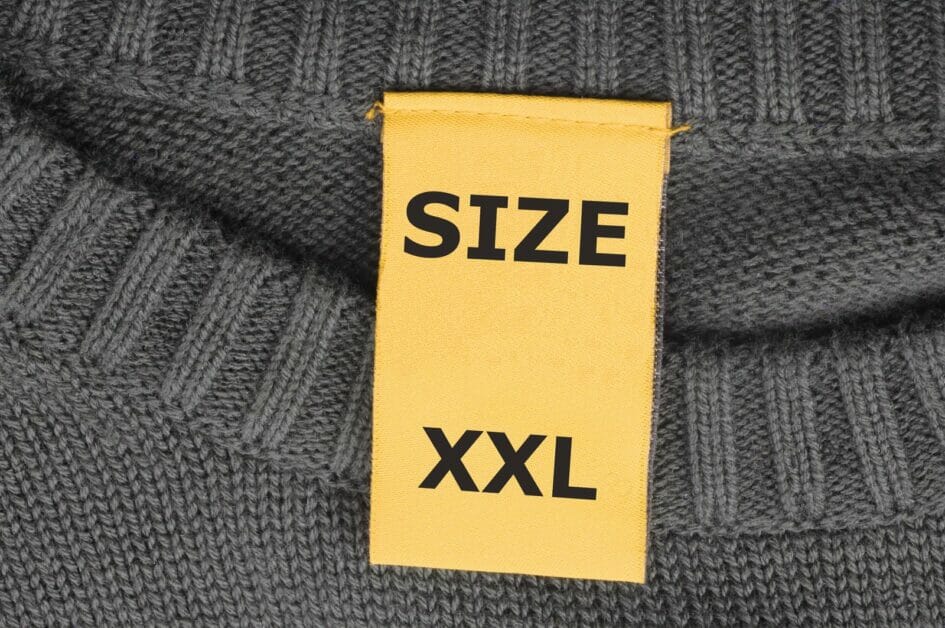
When understanding plus-size clothing, numerical size conversions can sometimes be tricky; let me share some useful information on navigating the world of plus-size sizing.
Converting Between Straight and Plus-Sizes
First, let’s discuss the basic difference between straight and plus sizes. Straight sizes usually range from 0 to 12 or 0 to 14, while plus sizes generally start at 14 or 16, sometimes referred to as size 14W.
The “W” after the number indicates women’s sizing, usually cut with a looser and more relaxed fit.
Now, if you’re wondering how to convert between these two types of sizes, you’ll be interested in understanding the distinction between numerical and letter-based systems. I’ll break it down for you:
- Size 14W, 16W, 18W, etc. are numerical women’s plus sizes, representing the size followed by a “W.”
- You’ll come across 1X, 2X, 3X, etc., letter-based sizes in plus-size clothing.
So, if you’re a size 12 in straight sizes and looking to jump into plus size territory, you can watch for clothes labeled size 14W or 1X.
These are roughly equivalent to a size 14 and offer a comfortable fit for those with slightly larger-than-average body dimensions. As the sizes go up, the equivalents change slightly.
For instance, sizes 16W to 18W are still approximately equivalent to 1X in many brands, while a size 18 in straight sizes may correspond to a size 2X in some plus-size clothing lines.
Remember that every brand can have its unique sizing guidelines, so it’s essential to always refer to their specific size charts and compare them with your body measurements to find the most accurate fit.
Understanding Plus Size Terminology
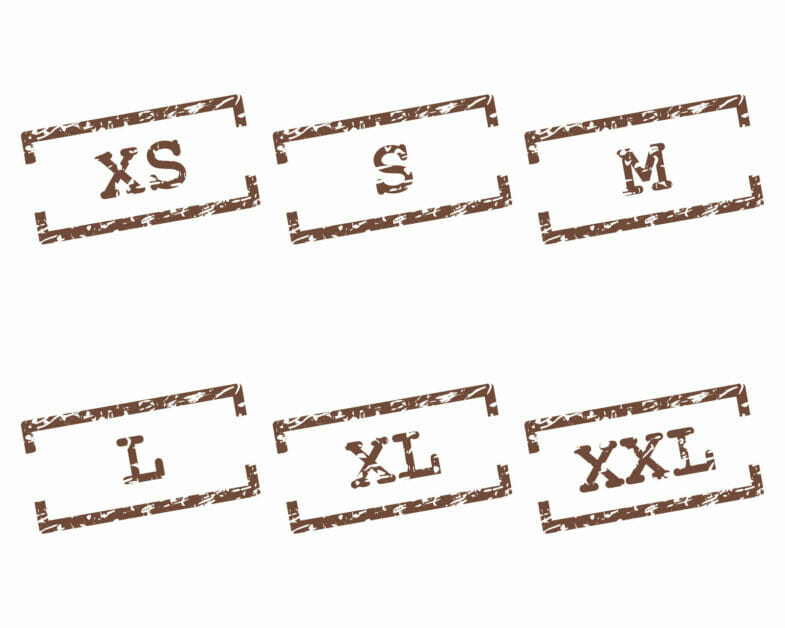
As a plus-size advocate, I’m often asked to define what “plus size” means. Let’s dive into size terminology and better understand the labels we encounter.
| Term | Description |
|---|---|
| XXL | Extra-Extra-Large, typically larger than standard XL |
| 1X, 2X, 3X, 4X | Labels indicating larger sizes in plus-size clothing |
| W after the size (14W, 16W) | Women’s plus size, indicating a more relaxed and looser fit |
Common Size Labels
You’ve probably noticed the range of size labels in clothing stores. The usual S, M, L, and XL systems exist, but what about 1X, 2X, 3X, 4X, and XXL?
These labels generally indicate larger-size clothing designed for people who have fuller figures.
When you see XXL, it represents “extra-extra-large” and typically goes beyond the standard XL size. Many brands include 1X, 2X, 3X, and 4X as their plus-size offerings, larger than their XL measurements.
The terms used to describe plus-size clothing can vary, too. Some people prefer labels like “curvy” to more traditional terms such as “plus size” or “large.”
While in this industry, I’ve learned that size labels can look different from brand to brand. So it’s essential to consult each brand’s size chart before purchasing.
Plus-Size Measurements and Sizing
I want to give you an insight into what size is plus size and share some information about bust, waist, and hips measurements. Let’s discuss the importance of knowing your measurements to find the perfect fit!
Bust
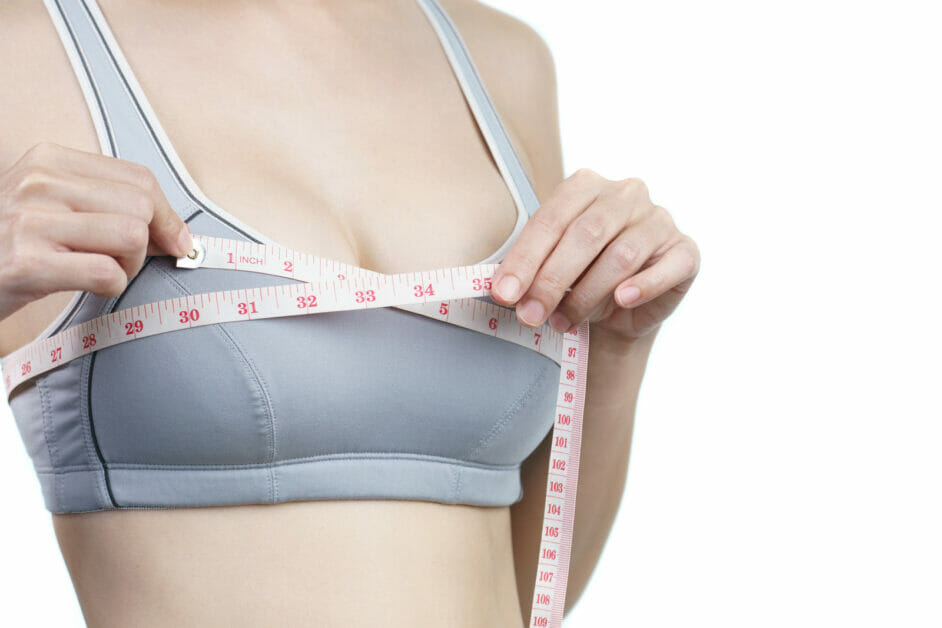
Your bust is one of the essential measurements to consider when selecting a plus-size garment.
Place the measuring tape around the fullest part of your chest to accurately measure your bust, ensuring it’s parallel to the floor.
Ensure the tape is snug but not too tight. Note the measurement in inches and refer to a US Plus Size Chart with both inches and cm listed for easy conversion.
In general, plus size ranges from a US size 14 or bigger. Some brands start their plus-sizing at size 16 or 18, so it’s essential to consult size charts specific to the brand and items you’re shopping for.
Waist
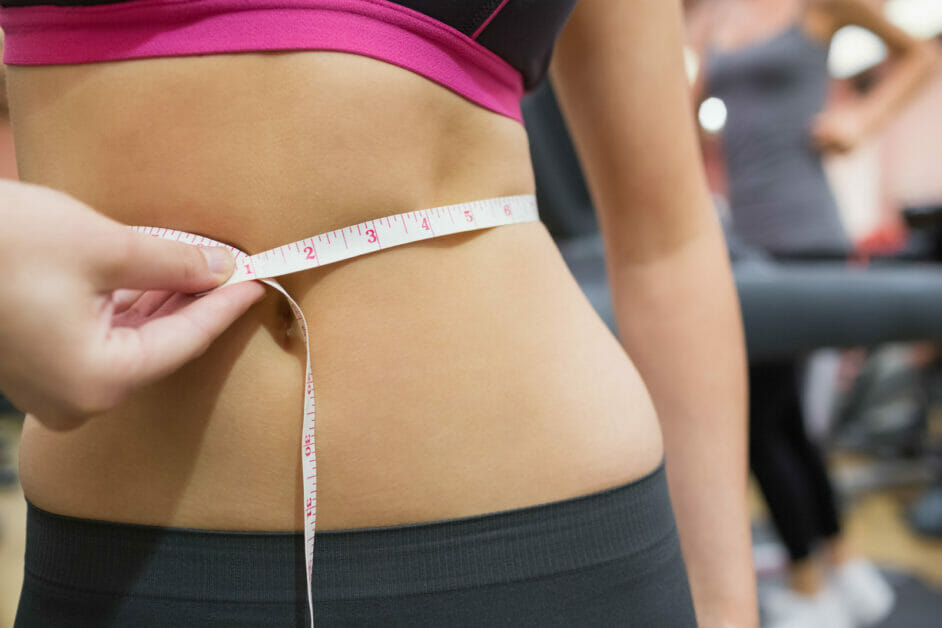
Your waist is another crucial measurement to remember while shopping for plus-size clothing.
To accurately measure your waist, locate the smallest point on your waistline just above your navel. Hold a measuring tape around this point and keep it parallel to the floor.
Note the measurement in inches and refer to a US Plus Size Chart to find your size.
Hips
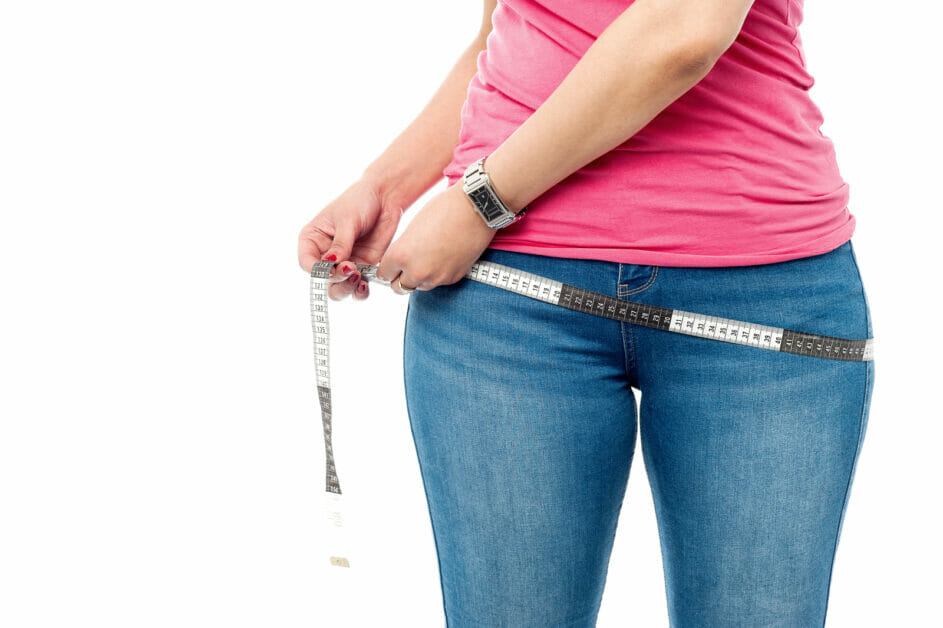
Finally, let’s discuss hip measurements. These play a significant role in finding the perfect fit, especially for skirts, pants, and dresses.
To measure your hips correctly, place the measuring tape around the widest part of your hips, usually where your hip bones are at their fullest. Keep the tape parallel to the floor and note the measurement in inches.
Consult a US Plus Size Chart to find your corresponding size.
Finding Your Perfect Fit

Factors Affecting Size and Fit
Body Type: One of the key factors in finding your perfect fit is understanding your unique body type. Whether you’re an hourglass, pear-shaped, or an apple, recognizing your body shape will help you choose the most flattering styles for your figure.
Comfort and Ease: I need to feel comfortable and at ease in my clothes. Look for clothes that give you the right room to move and breathe but highlight your best features.
Weight and Height: Assessing your weight and height is crucial when determining plus size. As mentioned, plus-size clothing begins at a size 14 or larger, with size charts like US W 20/22 being a common reference point.
Straight Size to Plus Size Conversion: Straight sizes typically range from XXS to medium, with plus sizes picking up from there. However, some brands now embrace a size-inclusive approach, so check each company’s sizing chart to get the best fit possible.
Tips and Tricks
- Don’t be afraid to tailor: If a garment is close to perfect but doesn’t quite fit, consider tailoring it to your body’s measurements. This can greatly affect how pieces look and feel on you.
- Quality is key: Invest in high-quality plus-size garments that hold their shape and form. This can help streamline your silhouette and make your clothes look and feel better.
- Mix and match: Learning to mix and match can make your wardrobe more versatile, making finding clothes that fit your body shape and style preferences easier.
Remember, finding the perfect fit is about knowing your body and understanding what styles, sizes, and cuts work best for you.
By considering these factors and using the tips and tricks I mentioned, you’ll feel fabulous and confident in your clothing choices!
References
Studies:
- Average American Women’s Clothing Size. https://www.researchgate.net/publication/
Organizations:
- National Association to Advance Fat Acceptance (NAAFA). https://naafa.org/
Books:
- “Fashion and Its Social Agendas: Class, Gender, and Identity in Clothing” by Diana Crane.
Websites:
- Refinery29. https://www.refinery29.com/en-us
- Universal Standard’s Size Guide. https://www.universalstandard.com/pages/find-my-size
- Curvy Sewing Collective. https://curvysewingcollective.com/